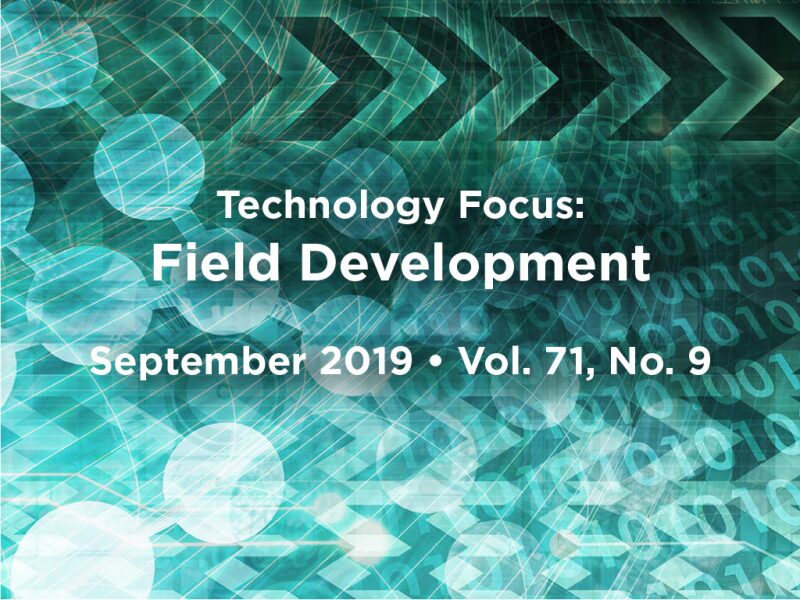Field developers are making bold step changes to form their optimization strategies on the crests of digital transformation, using massive data analytics, machine learning, cloud computing, and data-sharing strategies for oil and gas fields in all stages of development. This trend will only grow, following the imperative to ensure the sustainability of new assets and extend the life of brownfields of any size.
Current trends in field development are to study, model, and understand the time-lapse effects in those fields where optimization of costs, environmental challenges, and sustainability are key differentiators. In onshore or offshore heavy-oil developments, as well as in shale oil and gas, massive data analytics and optimization techniques revolutionize work flows in field development with great force and speed. Digital oilfield frameworks, fast-track modeling, genetic algorithms, particle-swarm optimization, ensemble-based optimization, and closed-loop reservoir management are the leading best-decision loops.
Operating companies of all sizes and profiles—national oil companies, large international oil companies, and small private investments—are migrating from structured, linear, and conventional approaches in field development toward more-efficient and data-driven work flows, with activities executed in parallel to benefit all fronts, and fit-for-purpose and temporary working teams. The investments of time and effort are focused to better understand and predict how to reduce or avoid the interference among child and parent wells in shale oil or to ensure the sustainable production from offshore heavy-oil developments. Field development and field-operation optimization become joint efforts as the loops of production are shorter and the data are shared among several disciplines, interconnecting and integrating their goals.
The three selected papers provide an opportunity to catch up with the thrilling step-change evolution in field development. The industry continues its digital transformation, and field development is leading the wave.
This Month's Technical Papers
Considering Time and Space in Drilling and Completion Can Reduce Well Interference
Parallel Simulation and Cloud Computing Can Optimize Large-Scale Field Development
Optimization Framework Improves Mariner Field Development
Recommended Additional Reading
SPE 191799 Time-Dependent Depletion of Parent Well and Effect on Well Spacing in the Wolfcamp Delaware Basin by Cyrille Defeu, Schlumberger, et al.
SPE 193914 A Comprehensive Adaptive Forecasting Framework for Optimum Field-Development Planning by Amir Salehi, Quantum Reservoir Impact International, et al.
IPTC 19468 Modeling Interwell Interference Caused by Complex Fracture Hits in Eagle Ford Using an Embedded Discrete Fracture Model by Mauricio Xavier Fiallos, The University of Texas at Austin, et al.

| Maria A. Capello, SPE, is an executive consultant with the Kuwait Oil Company. She is an award-winning author in energy and an expert in reservoir management, talent management, and gender diversity. Capello has worked in Latin America, the United States, and the Middle East. She holds a licentiate degree in physics from Simon Bolivar University and an MS degree in geophysics from the Colorado School of Mines. Capello holds an honorary lifetime membership from the Society of Exploration Geophysicists and has received its Distinguished Member and Regional Service awards. She also is a Distinguished Member of SPE and a 2018–2019 SPE Distinguished Lecturer. Capello serves on the JPT Editorial Committee and can be reached at mcapello@kockw.com. |


